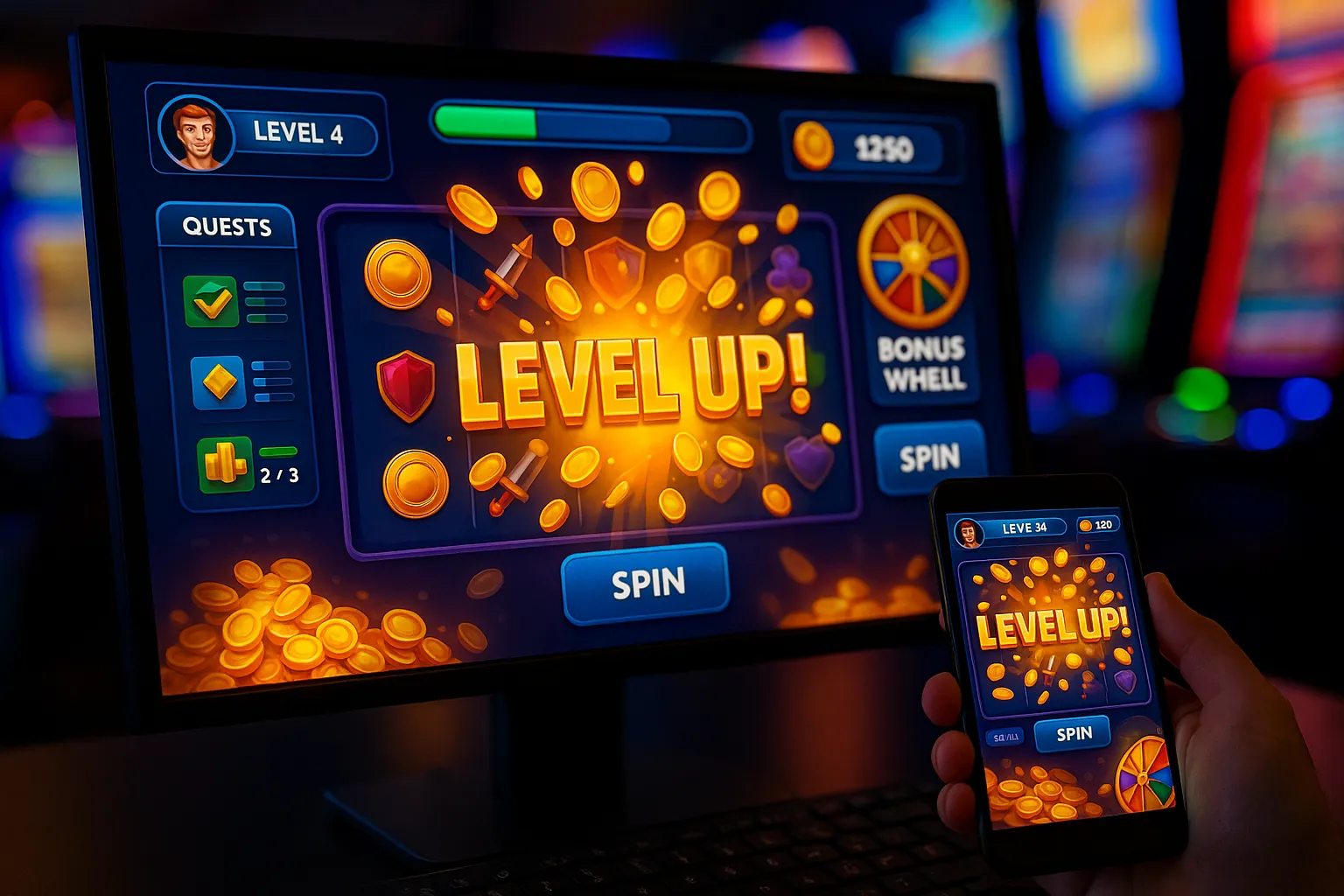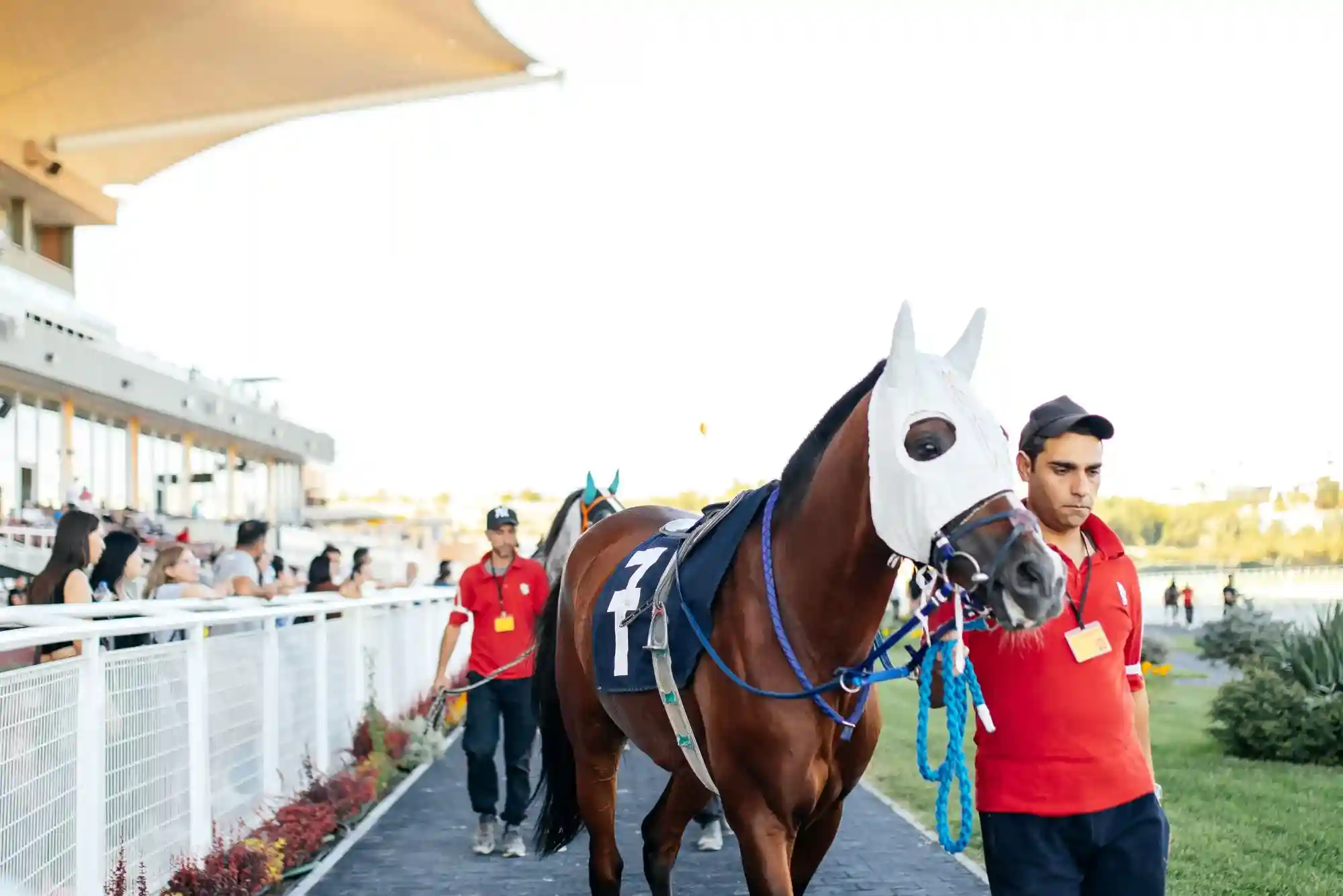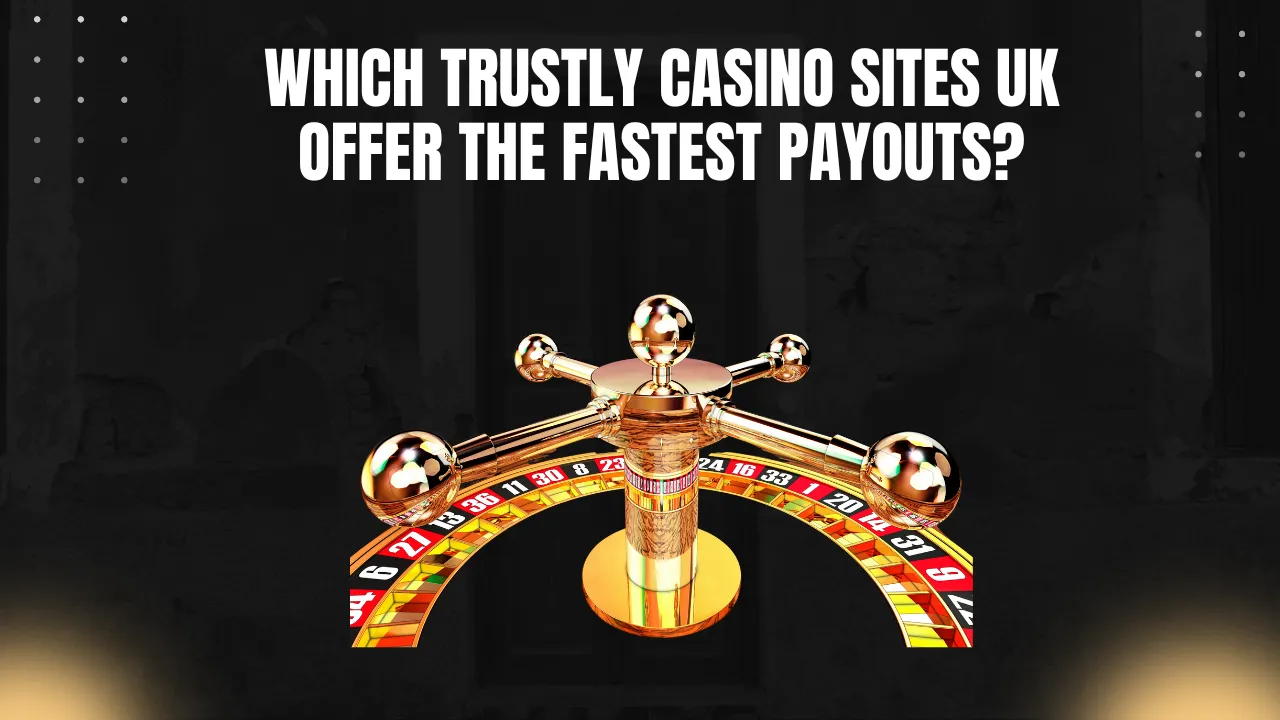I still remember the first time a slot machine told me I’d “leveled up.” No jackpot, no life-changing win—just a shiny badge, a confetti animation, and a progress bar begging to be filled. Ten minutes later I was still spinning, not because I thought the next hit was due, but because I wanted to unlock the next “quest.” That’s gamification in a nutshell: slot designers borrowing tricks from mobile games to keep us engaged long after the reels should’ve lost their shine.
So, do these mechanics actually keep players glued to the screen? Short answer: yes—if you let them. But the longer answer is more nuanced, and that’s where things get interesting (and useful if you value your bankroll and time).
What Exactly Makes a Slot “Gamified”?
Traditional slots revolve around one loop: spin–result–repeat. Gamified slots stack additional loops on top. You aren’t just chasing a bonus round; you’re filling meters, climbing levels, completing missions, earning keys, unlocking chests, or spinning a side wheel that only appears once you’ve banked enough “energy.” It’s a design philosophy imported from free-to-play apps where retention is king.
The Design Toolkit
Most gamified slots share a few recurring features. Persistent progress bars sit on the side of the reels. “Daily login” rewards nudge you back the next day. Mini-challenges encourage you to bet a little more to “finish the quest.” Storylines unfold in chapters, each chapter gated by spins. All of it taps into our brain’s love for small, predictable rewards.
Developers love these systems because they turn a static machine into an ongoing relationship. Players start seeing the slot not as a one-off gamble but as a game to “finish.” Spoiler: there is no finish line, just more cleverly placed carrots.
The Sticky Loop: Why We Stay Longer (and How to Stay Sane)
Here’s where the psychology really bites. Gamification adds reasons to continue beyond “I might win money.” You stay to complete a meter, see the next animation, or avoid “wasting” the progress you’ve already banked. That sunk-cost itch is powerful. I’ve personally watched my session plans evaporate because I was “one quest away” from a super wheel—never mind that the RTP hadn’t changed one bit.
This is also where choosing an instant withdrawal casino becomes critical. If a game’s design makes you play longer, you need the ability to cash out instantly the moment you hit your personal stop-win target. Fast cashouts turn a good decision (quitting on top) into a completed action before the next shiny meter lures you back.
Micro-Rewards vs. Macro-Wins
Gamification emphasizes micro-rewards—badges, boosts, spins-of-spins. They feel good in the moment, but they can distract from the macro goal: walking away with profit or, at least, controlled losses. Set intentions before you start: are you here for entertainment value with a fixed budget, or are you hunting a specific bonus? Answer that, and you’ll know when to log out, not just level up.
Player Agency: Are We Really in Control?
I’ve noticed two kinds of players in gamified slots. One group loves collecting, upgrading, and checking off quests. The other group just wants raw spins and resents anything that slows the game. Interestingly, the first group often stays longer, but they also report more “fun” even when they lose, because the game gave them side goals. The second group churns quickly unless the base game is incredibly volatile or the bonus is wild enough to keep adrenaline high.
Gamification can trick you into feeling more agency (“I choose which path to unlock”) when, in reality, every path is an RTP-balanced loop designed to keep you active. Recognizing that shifts the power back. Pick the path because you like it, not because the UI elbows you there.
My Personal Rule of Thumb
If a slot tutorial takes more than a minute, I pause and set a hard time budget. Complex systems aren’t bad—but complexity often hides the true cost of continuing. I’d rather walk in with eyes open than slowly boil in a pot of daily challenges.
The Business Side: Why Casinos and Studios Love Gamification
Retention is cheaper than acquisition. If a studio can keep you spinning the same title for weeks, it doesn’t need to launch five new ones to compete. Operators love games that keep lobbies sticky because longer sessions mean more wagering volume. That’s not cynical; it’s just the economics of iGaming.
Gamified slots also give operators more promotional levers. Cashback on “quest progress,” free spins on the next level, tournaments around mission completion—they’re all excuses to email you on a Tuesday afternoon with a little nudge.
Ethical Considerations: Where’s the Line?
There’s a growing conversation around whether some mechanics veer too close to behavioral manipulation. Daily streak rewards, for example, mirror mobile apps that punish you for breaking the chain. Is that fair in a gambling context where money is at stake? Regulators are starting to notice. The UKGC and others already scrutinize autoplay, quick-spin features, and misleading “near-miss” vibes. Expect more guidelines around persistent progression systems, especially ones that pressure you to return daily.
As players, self-regulation is step one. But the industry should also self-regulate, because the last thing anyone needs is a wave of media stories lumping gamified slots in with exploitative loot boxes.
Practical Ways to Enjoy Gamified Slots Without Getting Snared
I’m not anti-gamification—I’m anti-mindless play. Here’s how I keep it fun and contained.
First, I treat meters as flavor, not goals. If a mission aligns with my normal bet size and session length, cool. If it nudges me higher or longer, I skip it. Second, I decide on cashout triggers ahead of time. When I hit them, I use that instant withdrawal option before I can talk myself into “just one more level.” Third, I rotate games more often. Variety weakens the sunk-cost spell of any one title’s progression system.
Finally, I do a quick head check: am I excited about the game’s mechanics or just distracted by them? If it’s the latter, I log off and come back when I’m in the mood to actually enjoy the ride.
Are Gamified Slots the Future or Just a Phase?
They’re here to stay, but not every game will be a quest-fest. There’s demand for both extremes: ultra-simple three-reelers for purists and sprawling adventures for dopamine hunters. The sweet spot is where story and mechanics enhance, not obscure, the betting experience.
I predict the next evolution will be account-wide progression across multiple slots. Think battle passes for casino lobbies, where playing different games contributes to a seasonal track. It’s inevitable once cross-game data sharing becomes more seamless. If that sounds exciting, great—just prep your boundaries now, because that’s stickiness 2.0.
Final Spin: Do They Keep Us Hooked Longer?
Yes, gamified slots extend average session times. That’s by design. The real question is whether that extra time feels like entertainment you chose—or a trap you fell into. When you understand the mechanics, pick trustworthy platforms that pay you the second you’re done, and set clear personal rules, you flip the script. The game serves you, not the other way around.
In the end, slots are supposed to be fun. If progress bars and side quests enhance that for you, embrace them—wisely. If they cloud your judgment, stick to classic reels or set even stricter limits. Either way, remember: the most satisfying bar to fill is your balance, not a cartoon trophy case.










